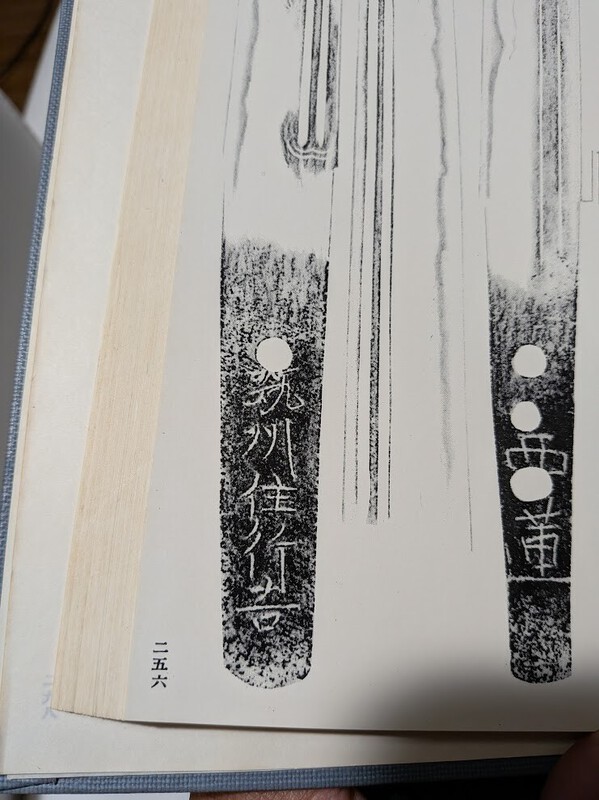-
Posts
5,209 -
Joined
-
Last visited
-
Days Won
140
Content Type
Profiles
Forums
Events
Store
Downloads
Gallery
Everything posted by Ray Singer
-
I believe it is Yasushige, a lucky day in July 1940. https://www.google.com/search?q=Yasushige+site%3Awww.militaria.co.za&oq=Yasushige+site%3Awww.militaria.co.za+&gs_lcrp=EgZjaHJvbWUyBggAEEUYOTIHCAEQIRiPAjIHCAIQIRiPAjIHCAMQIRiPAtIBCDY1NjRqMGo0qAIOsAIB8QW-XY9Q0JG6bQ&client=ms-android-google&sourceid=chrome-mobile&ie=UTF-8
-

NBTHK document genuine or forged?
Ray Singer replied to noel_azzopardi's topic in General Nihonto Related Discussion
Generally, yes. 1864-1865 is a representative time period and does not reflect the smith's entire career (he worked more than two years). -

NBTHK document genuine or forged?
Ray Singer replied to noel_azzopardi's topic in General Nihonto Related Discussion
I don't see a reason for concern. Sa Yasuchika (Chikuzen - Shinshinto) Credit Markus Sesko for the bio below. YASUCHIKA (安近), Genji (元治, 1864-1865), Chikuzen – “Sa Yasuchika” (左安近), “Chikuzen no Kuni-jū Sa Yasuchika saku” (筑前国住左安近作), “Chikushū-jū Sa Yasuchika saku” (筑州住左安近作) -
A Kicho ninteisho. Every sword should be evaluated individually against its certification, however in my personal experience it is the Tokubetsu Kicho ninteisho that are more problematic.
-
Mei Kunikane (kodai). This means later generation. If it was felt to be gimei, the ninteisho would not have been issued. Best regards, Ray
-
I received several dozen books today and this includes another Fujishiro with Afu translations. Please message me to discuss further. Best regards, Ray
-

WW2 Japanese Naval Sword
Ray Singer replied to Swords's topic in Auctions and Online Sales or Sellers
-
Hi, only these seven books remain available. 1. Kanto Zuiroku - $195.00 + shipping 2. Shinshinto Taikan - $375.00 + shipping 3. Gendaito Meisaku Zuikan - $295 + shipping 4. Samurai Revolution - $75.00 + shipping 5: Katana: The Samurai Sword - $15.00 + shipping 6. Japanese sword guards from the Peabody Museum - $40 + shipping 7. Japanese Art Signatures: - $95 + shipping
-
https://www.google.com/search?q=takehisa+site%3Amilitaria.co.za&sca_esv=ed6f5ed44ddb5799&rlz=1C1YTUH_enUS1164US1164&sxsrf=AE3TifP5Pi-5FtCBUVzJJdiM-yVq53n6cQ%3A1762781650289&ei=0ukRaduxEaaEwbkP4PysgQs&ved=0ahUKEwjb4tOw2eeQAxUmQjABHWA-K7AQ4dUDCBE&uact=5&oq=takehisa+site%3Amilitaria.co.za&gs_lp=Egxnd3Mtd2l6LXNlcnAiHXRha2VoaXNhIHNpdGU6bWlsaXRhcmlhLmNvLnphSLkQUJcCWJcCcAF4AJABAJgBc6ABsAGqAQMxLjG4AQPIAQD4AQL4AQGYAgCgAgCYAwCIBgGSBwCgB1qyBwC4BwDCBwDIBwA&sclient=gws-wiz-serp
-
I just received two kaigunto. One with a koto blade (which just sold) and the second with an Ishido Teruhide. I will email you details. Best regards, Ray
-
Last seven books below. 1. Kanto Zuiroku - $195.00 + shipping 2. Shinshinto Taikan - $375.00 + shipping 3. Gendaito Meisaku Zuikan - $295 + shipping 4. Samurai Revolution - $75.00 + shipping 5: Katana: The Samurai Sword - $15.00 + shipping 6. Japanese sword guards from the Peabody Museum - $40 + shipping 7. Japanese Art Signatures: - $95 + shipping
-
Last seven books below. 1. Kanto Zuiroku - $195.00 + shipping 2. Shinshinto Taikan - $375.00 + shipping 3. Gendaito Meisaku Zuikan - $295 + shipping 4. Samurai Revolution - $75.00 + shipping 5: Katana: The Samurai Sword - $15.00 + shipping 6. Japanese sword guards from the Peabody Museum - $40 + shipping 7. Japanese Art Signatures: - $95 + shipping
-
It is a Shinto wakizashi, from the early part of the Edo period.
-
It is a type of sword produced during WWII which has some degree of mass production. It is not fully traditionally made. In this case, one difference is that the hamon appears to be have been produced by quenching in oil.
-
This is an authentic Seki made showato arsenal blade, not traditionally made. It has a Seki arsenal stamp. The mei appears to be Noshu Seki ju Hattori Hasahiro saku.
-
An authentic antique Japanese sword, with a fake inscription for Inoue Shinkai. If the sword came from an online auction from a dealer in Japan with no papers, unfortunately this is a scenario that often results in purchasing a sword with some prohibitive reason that it is not received kanteisho (authentication papers).
-
5. Gendaito Meisaku Zuikan - $295 + shipping Sato Kanzan (1977) From the English-language index, the noted author declares this "an illustrated book of masterpieces made by contemporary Japanese swordsmiths". In all, the works of thirty-five contemporary toshō are shown in large format plates with oshigata and photographs as seen here. For students of gendaitō, this is an important text, unique for presenting its subject in the same format as normally reserved for blades of great antiquity. Numbered, limited printing of only 800 editions. 10 x 14¼" cloth hardcover with slipcase
-
3. Shinshinto Taikan - $375.00 + shipping Iimura Yoshifume The authoritative standard on Shinshinto period swords (includes many gendaito). Japanese-language text with outstanding, large format oshigata with a separate English-language index. 887 pages, 8¾ x 11¾" hardcover, slipcase 4. Kanto Zuiroku - $195.00 + shipping
-
1. Japanese Art Signatures: - $95 + shipping James Self, Nobuko Hirose Find and identify over 11,000 names of Japanese artists and craftspeople, from all periods and in all media. Includes a sections on reading dates, a list of 300 modified and debased characters, and an index of provinces and place names, plus reproductions of date and censor seals on woodblock prints, publishers' trademarks and seals, and actors' and Genji mon. 2. Japanese sword guards from the Peabody Museum - $40 + shipping
-

I Give Up! 1942 - then what?
Ray Singer replied to Bruce Pennington's topic in Translation Assistance
拾月 = 10th month An auspicious day in October, 1942. -
Hi all, I recently received a large collection of Japanese sword books. Some have already sold, but please see below for a list of remaining references. Military Swords of Japan - Fuller & Gregory - $125.00 * Arts of the Japanese Sword - $120.00 * 100 Masterpieces from the Collection of Dr. Compton - $125.00 * Nipponto Art Swords of Japan (Compton) - $125.00 * Shinto & Shinshinto kantei (Sesko) - $80.00 * Japanese Swords in the Museum of Fine Arts - $450.00 * HOLD Shin Nihonto no Kantei Nyumon (Afu English Translations) - $125.00 * Japanese Art Signatures - J. Self and N. Hirose (r.1987) - $110.00 * Shinshinto Taikan - $450.00 * HOLD Gendaito Meisaku Zuikan - $375.00 * Gendai Toko-Kinko-Shykukata Soran - $50.00 * Gendai Toko Meikan - $75.00 * Modern Japanese Swords and Swordsmiths is $100* HOLD The New Generation is $125 * HOLD * Shipping & insurance additional. Best regards, Ray
-

Looking for thoughts on this Rai Kunitsugu marked blade.
Ray Singer replied to Brian Dent's topic in Nihonto
The attribution and mei is to Rai Kunimitsu (not Kunitsugu), but this does not appear to be an authentic example of his mei. -
There absolutely are examples of the Masamune school, his teacher and immediate students, which continue to emerge from the woodwork. However I wouid not expect to find a legitimate example of a Masamune, being presented as a Masamune, from the online auctions. The majority of the swords on Yahoo Japan, Ebay, etc being offered for sale out of Japan with sayagaki kinzogan-mei and kinpun-mei attributing to Masamune and his important disciples are fakes (misrepresented items).
-
This appears to be a fake Hon'ami kinpun-mei purporting to be by Hon'ami Kotoku, using his kao. Best regards, Ray
-

WW2 Imperial Japanese Army Officers Type 98 Shin Gunto Katana
Ray Singer replied to Swords's topic in Translation Assistance
Noshu Seki ju Kojima Katsumasa saku. https://www.google.com/search?q="katsumasa"+site%3Amilitaria.co.za%2Fnmb&sca_esv=466299774e926d41&rlz=1C1ONGR_enUS1136US1136&sxsrf=AE3TifMzTHJWEbwPPAiDq7onW05EExDk_Q%3A1761223903873&ei=3yT6aIuENeuFwbkPmPPyuQo&ved=0ahUKEwjL76OprrqQAxXrQjABHZi5PKcQ4dUDCBE&uact=5&oq="katsumasa"+site%3Amilitaria.co.za%2Fnmb&gs_lp=Egxnd3Mtd2l6LXNlcnAiJCJrYXRzdW1hc2EiIHNpdGU6bWlsaXRhcmlhLmNvLnphL25tYkjosQFQxW1YlK8BcAJ4AJABAJgBPKABxAOqAQE4uAEDyAEA-AEC-AEBmAIAoAIAmAMAiAYBkgcAoAfoArIHALgHAMIHAMgHAA&sclient=gws-wiz-serp




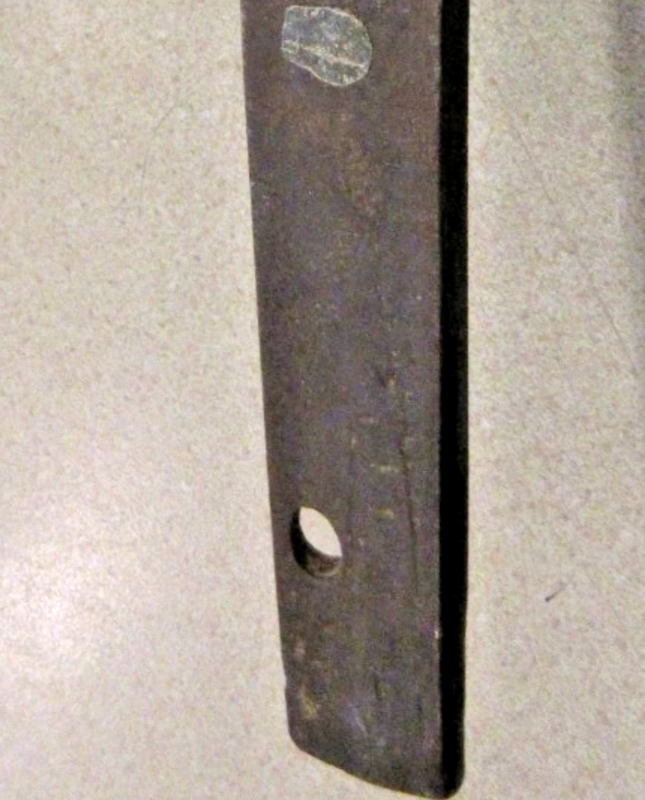

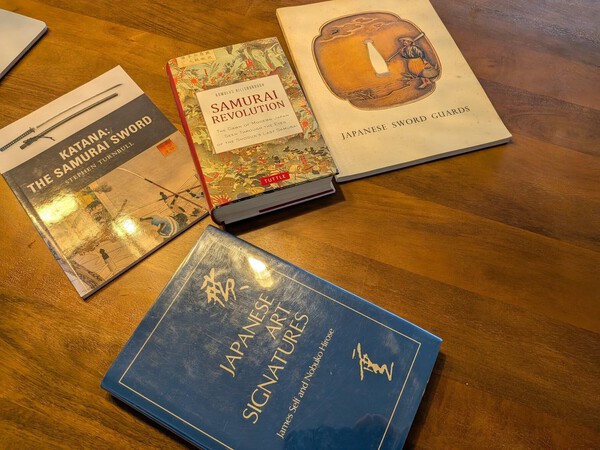
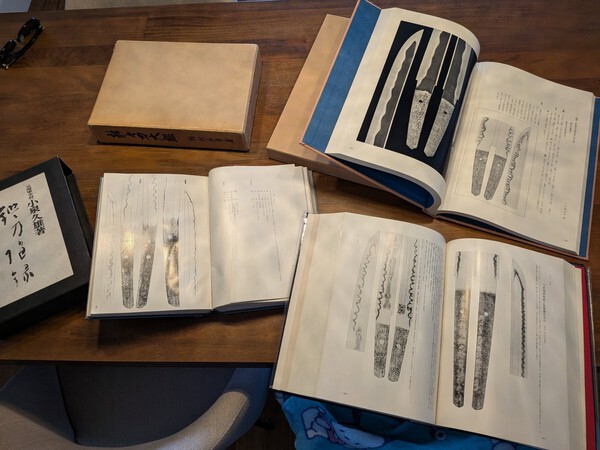





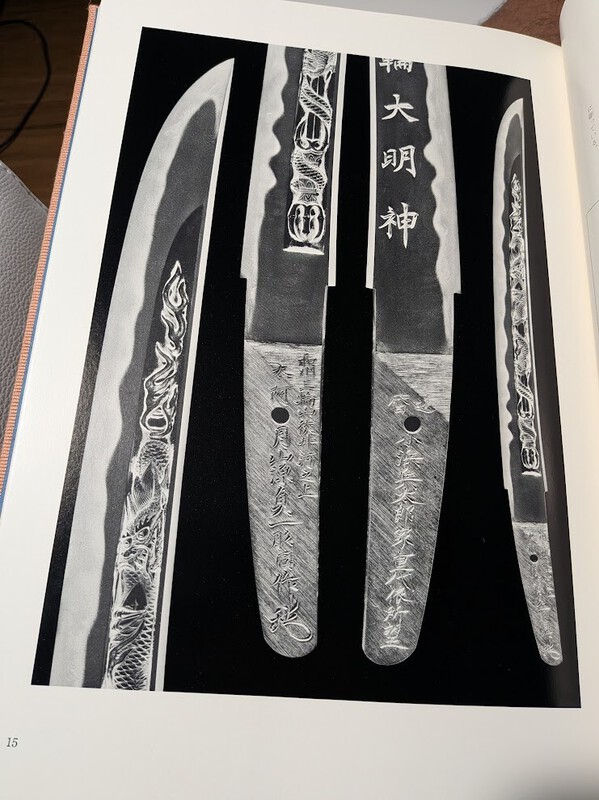


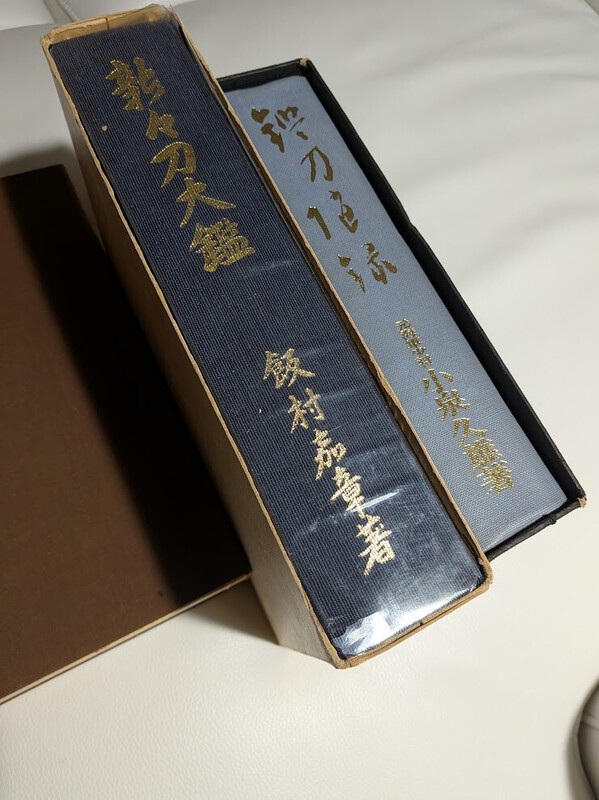







.thumb.jpg.93cddab4a6d16ddf684e0b2332ff7ea3.jpg)

.thumb.jpg.c76fa7183db6469b081b234b0865e69b.jpg)
